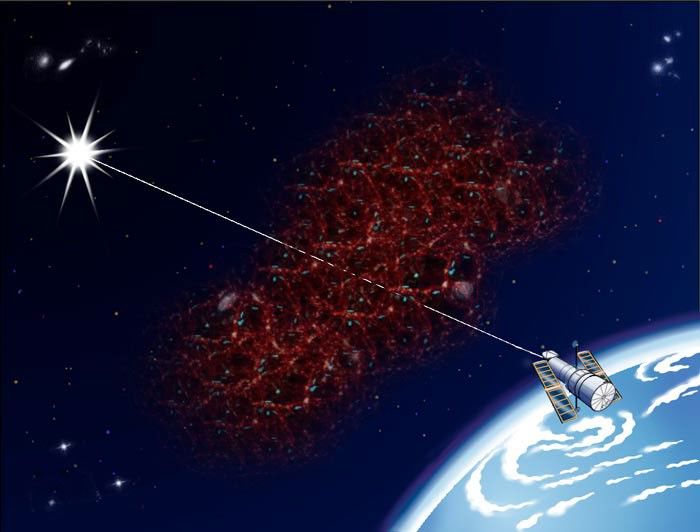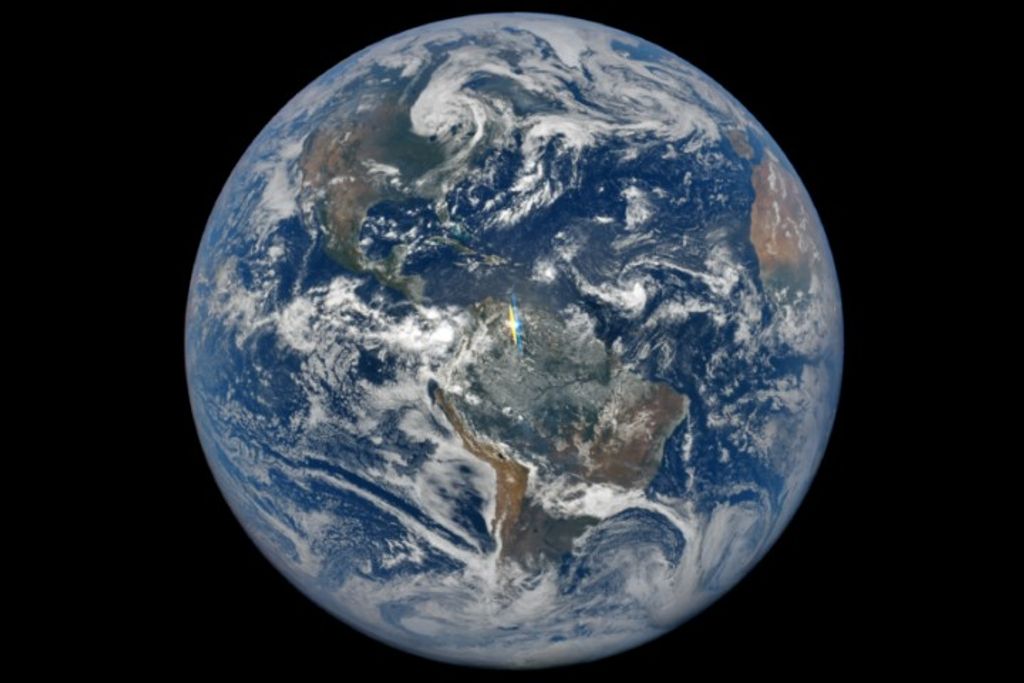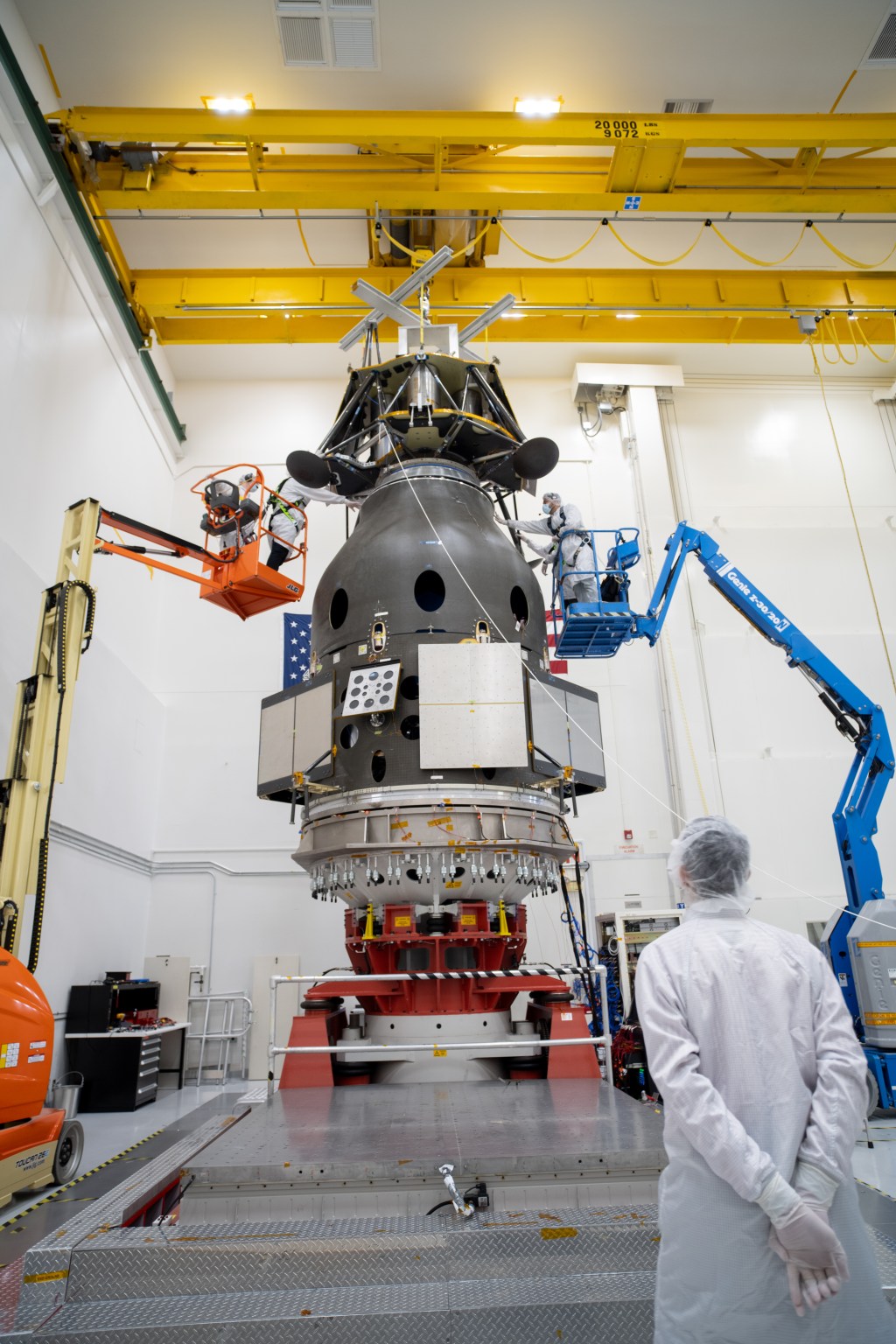1 min read
A Distant Quasar’s Brilliant Light

The arrow in this image, taken by a ground-based telescope, points to a distant quasar, the brilliant core of an active galaxy residing billions of light-years from Earth. As light from this faraway object travels across space, it picks up information on galaxies and the vast clouds of material between galaxies as it moves through them. The Space Telescope Imaging Spectrograph aboard NASA's Hubble Space Telescope decoded the quasar's light to find the spectral "fingerprints" of highly ionized (energized) oxygen, which had mixed with invisible clouds of hydrogen in intergalactic space. The quasar's brilliant beam pierced at least four separate filaments of the invisible hydrogen laced with the telltale oxygen. The presence of oxygen between the galaxies implies there are huge quantities of hydrogen in the universe.
- Release DateMay 3, 2000
- Science ReleaseLost and Found: Hubble Finds Much of the Universe’s Missing Hydrogen
- CreditWIYN Telescope at Kitt Peak National Observatory in Arizona. The telescope is owned and operated by the University of Wisconsin, Indiana University, Yale University, and the National Optical Astronomy Observatories.
Related Images & Videos

Quasar Beam Unveils Hidden Matter In Universe
Astronomers detected vast filaments of invisible hydrogen by using the light of a distant quasar (core of active galaxy) to probe the dark space between the galaxies. The Hubble Space Telescope Imaging Spectrograph found the spectral "fingerprints" of highly ionized intervening...
Share
Details
Last Updated
Aug 17, 2025
Contact
Media
Claire Andreoli
NASA’s Goddard Space Flight Center
Greenbelt, Maryland
claire.andreoli@nasa.gov




























